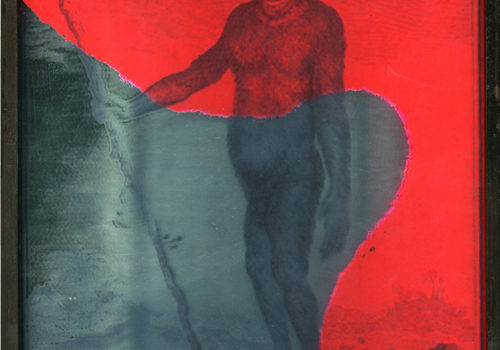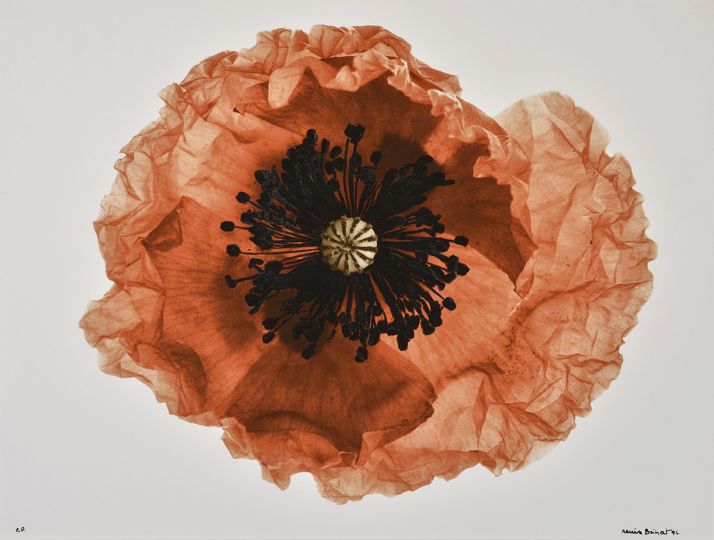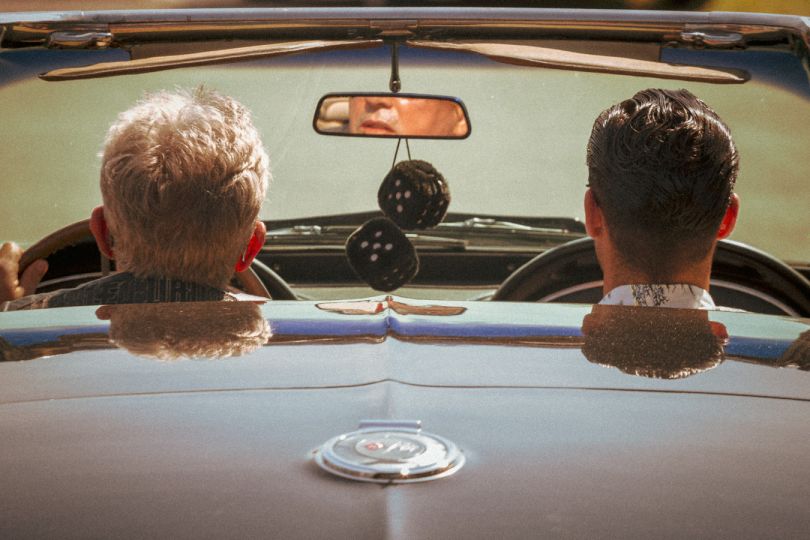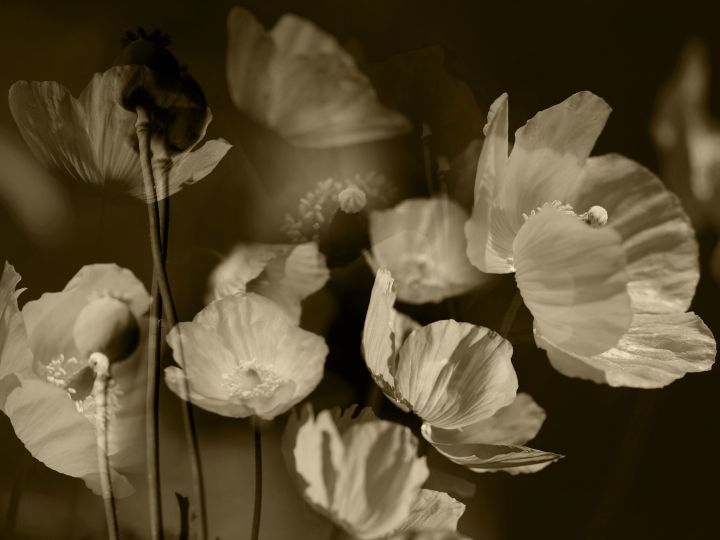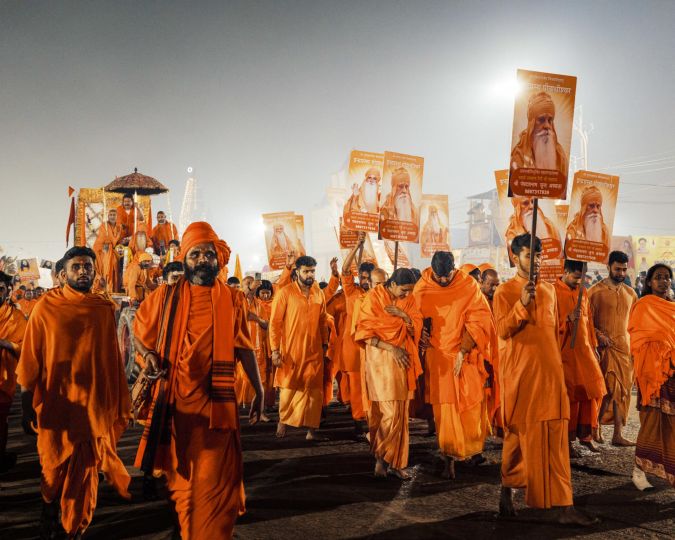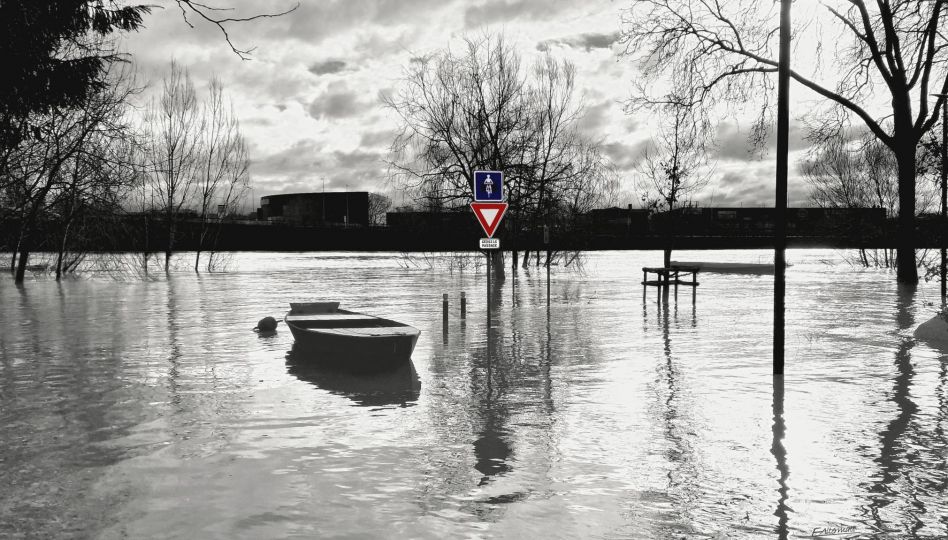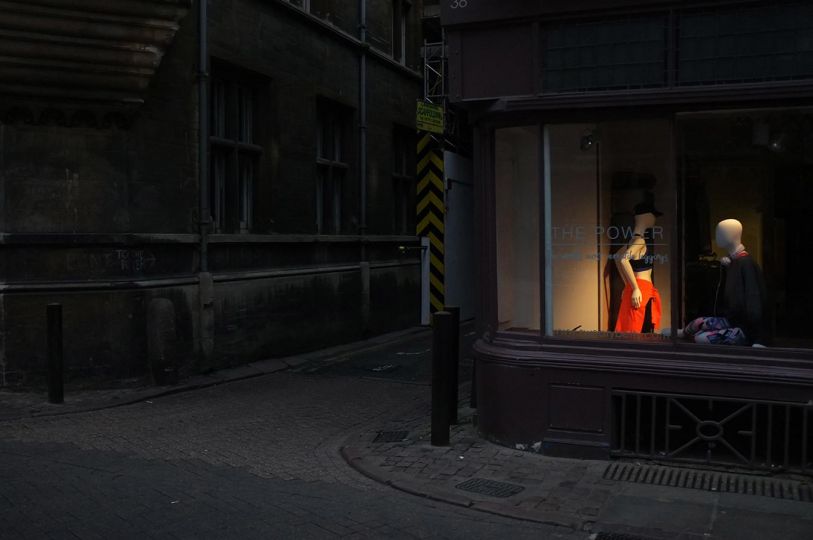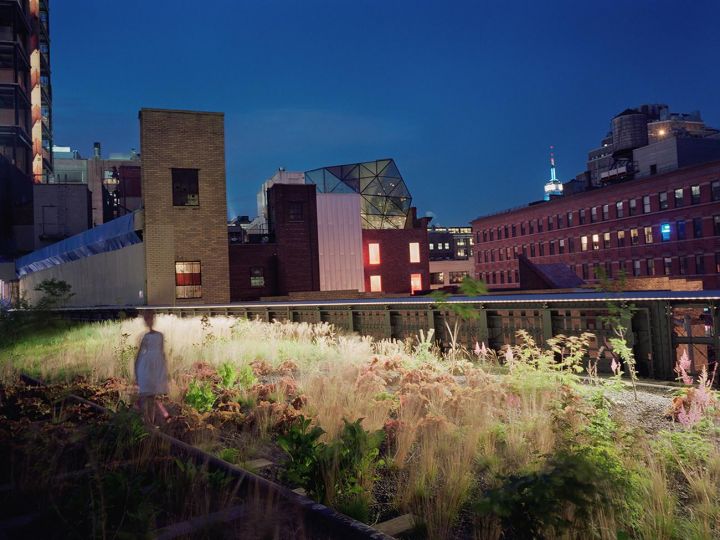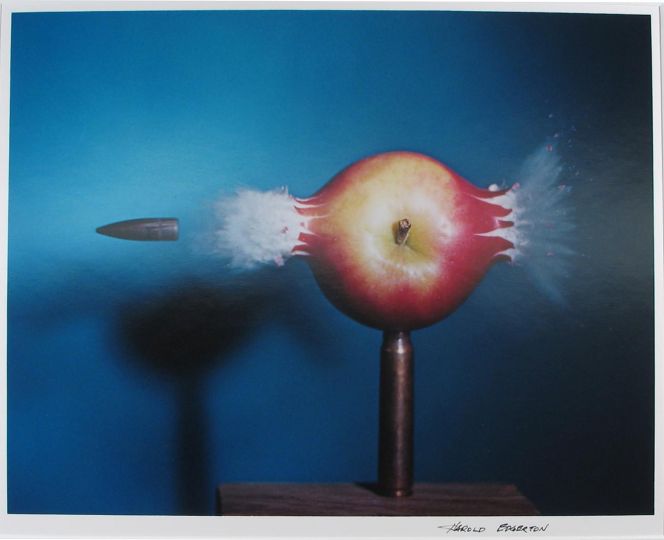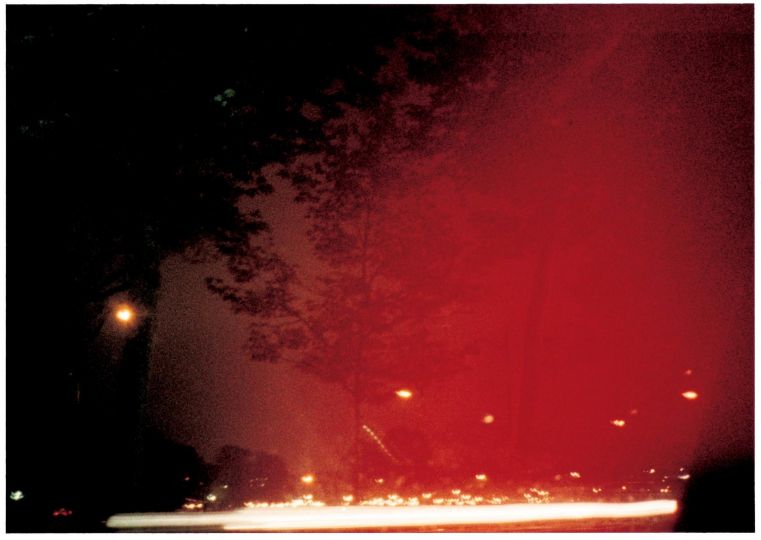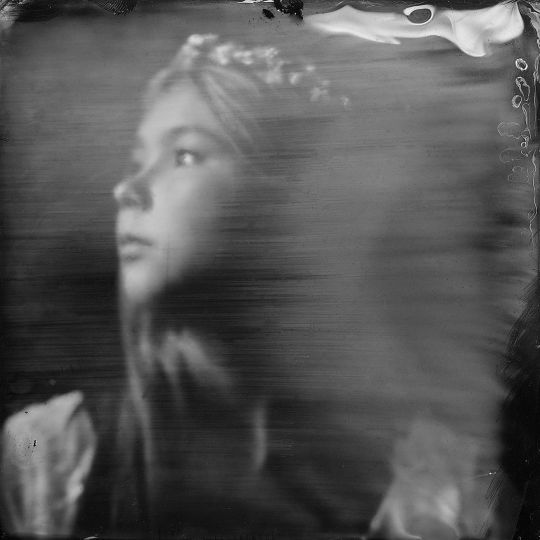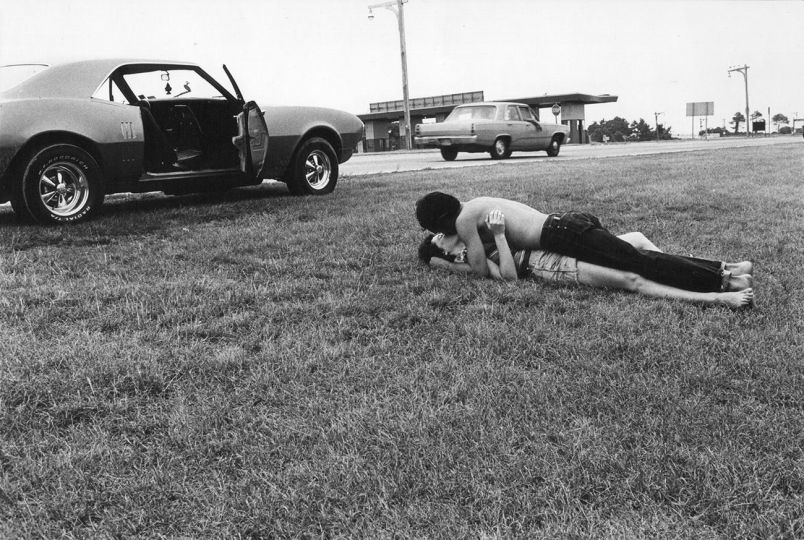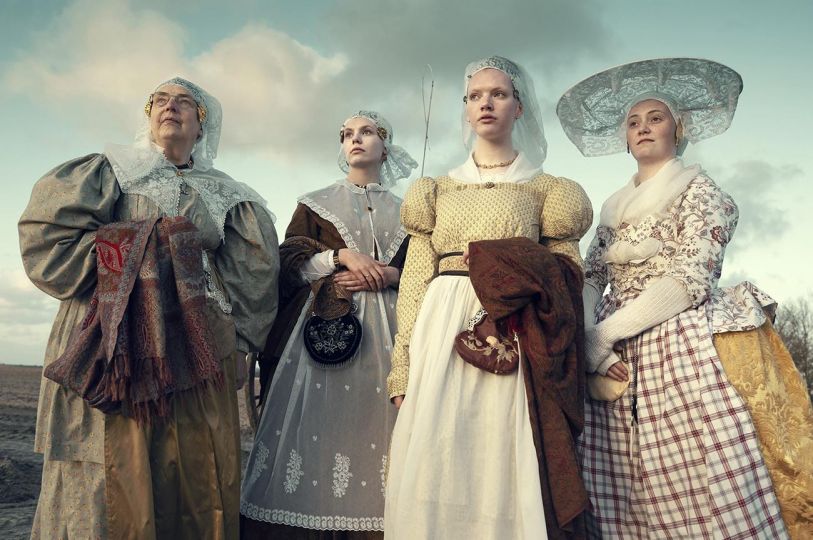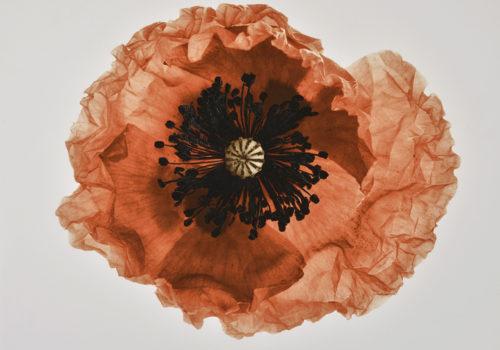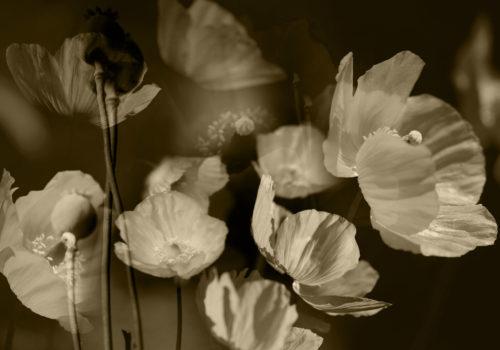Salvatore Puglia’s visual work is accompanied by investigations into documentary sources of images, traces, texts and bestiaries which range from the shadow of lost paradises to earthly purgatory. Eight new works are on display, taken from the zoological plates by the French naturalist Georges Louis Leclerc Buffon. The artist uses prehistoric petroglyphs, going far back in time, superimposing maps and text by Walter Benjamin. An artist-detective, this former historian rises above the human anthill to improve our vision, to tackle head-on all the data, to think and understand the differences and the relationships between them. Buffon observed nature at its least forgiving, as in From Pompeii, during the eruption of Vesuvius in 79 CE—torrents of mud, ash and lava—stopping time and trapping bodies and animal bones which were later made into molds. Like Buffon with his mirror maps, Puglia also uses glass, into which he engraves texts, autobiographical clues and the mirror. He has freed himself from the yoke of authority and a certain idea of History, embarking instead into the world, or its traces.
This article is reserved for subscribed members only. If you are already a member, you can log in here below.
Subscribe for full access to The Eye of Photography archives!
That’s thousands of images and articles, documenting the history of the medium of photography and its evolution during the last decade, through a unique daily journal. Explore how photography, as an art and as a social phenomenon, continue to define our experience of the world. Two offers are available.
Subscribe either monthly for 8 euros (€) or annually for 79 euros (€) (2 months offered).

